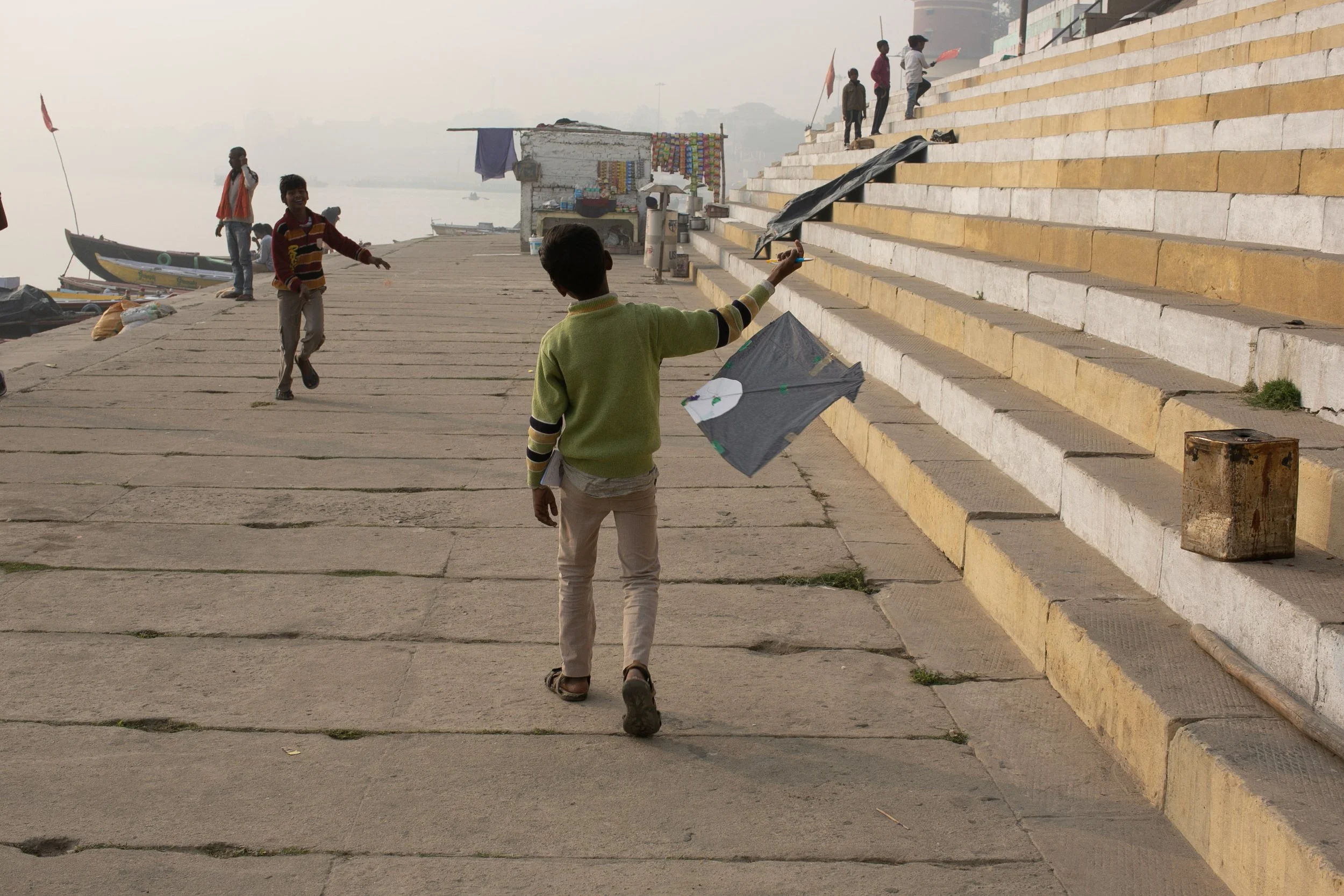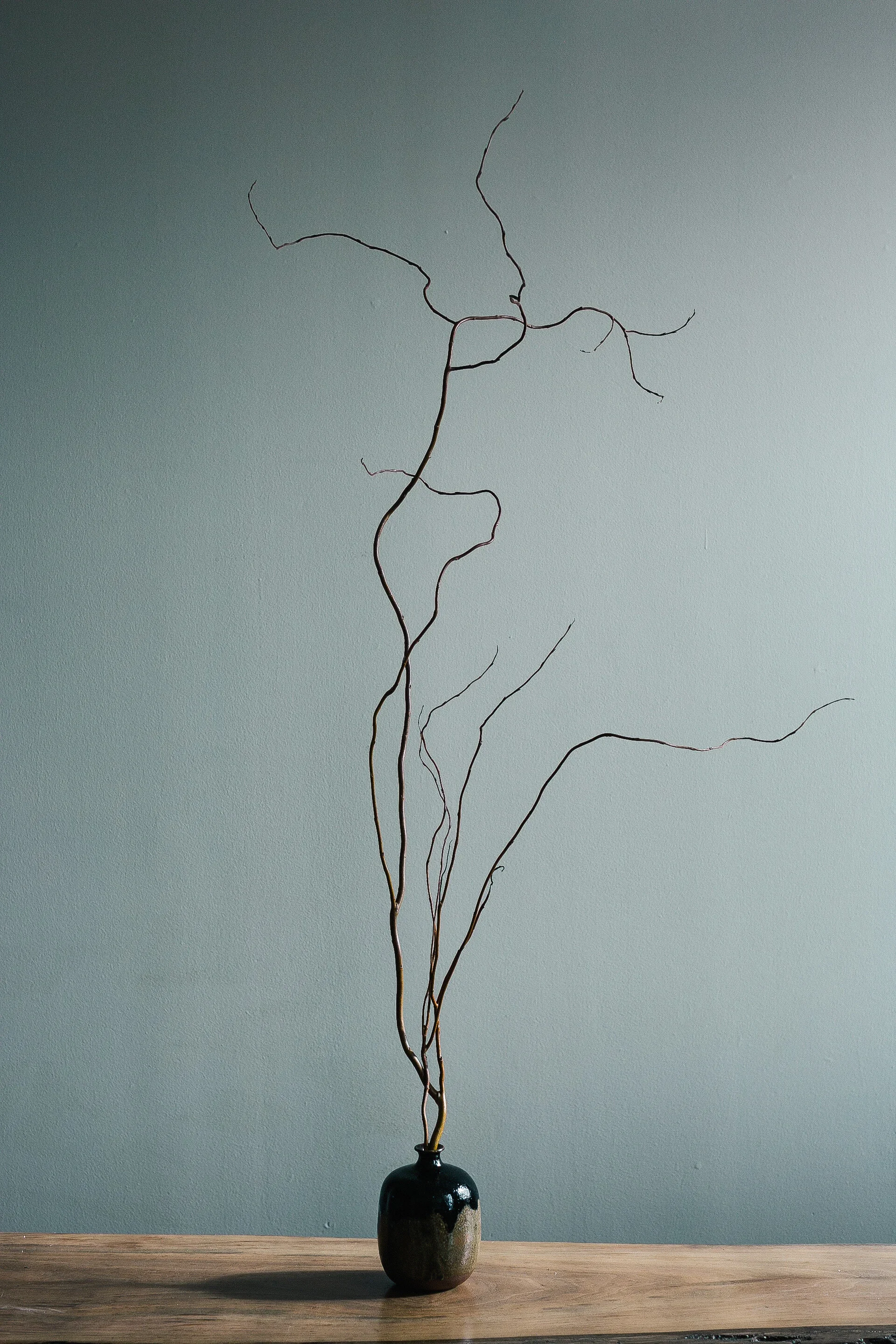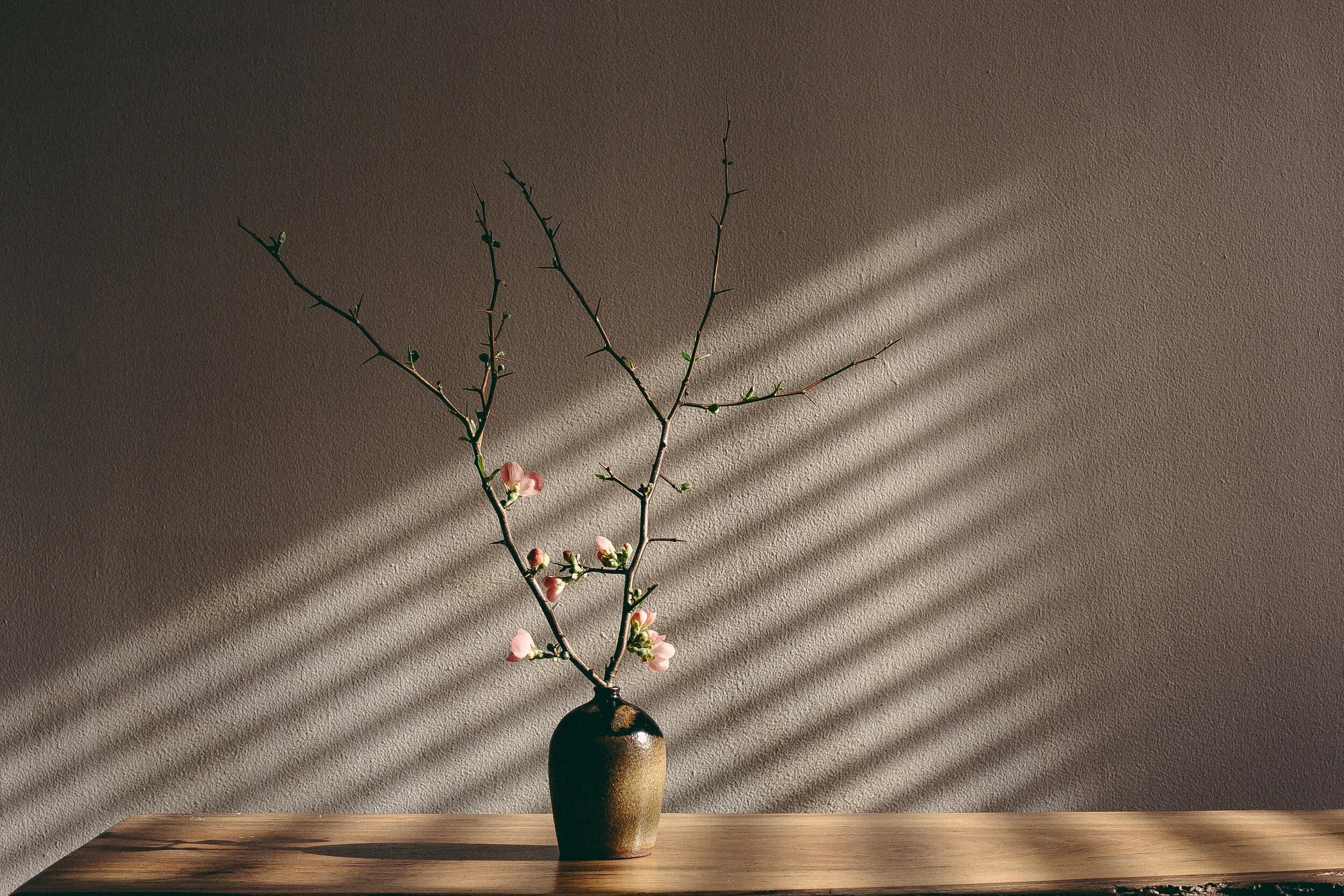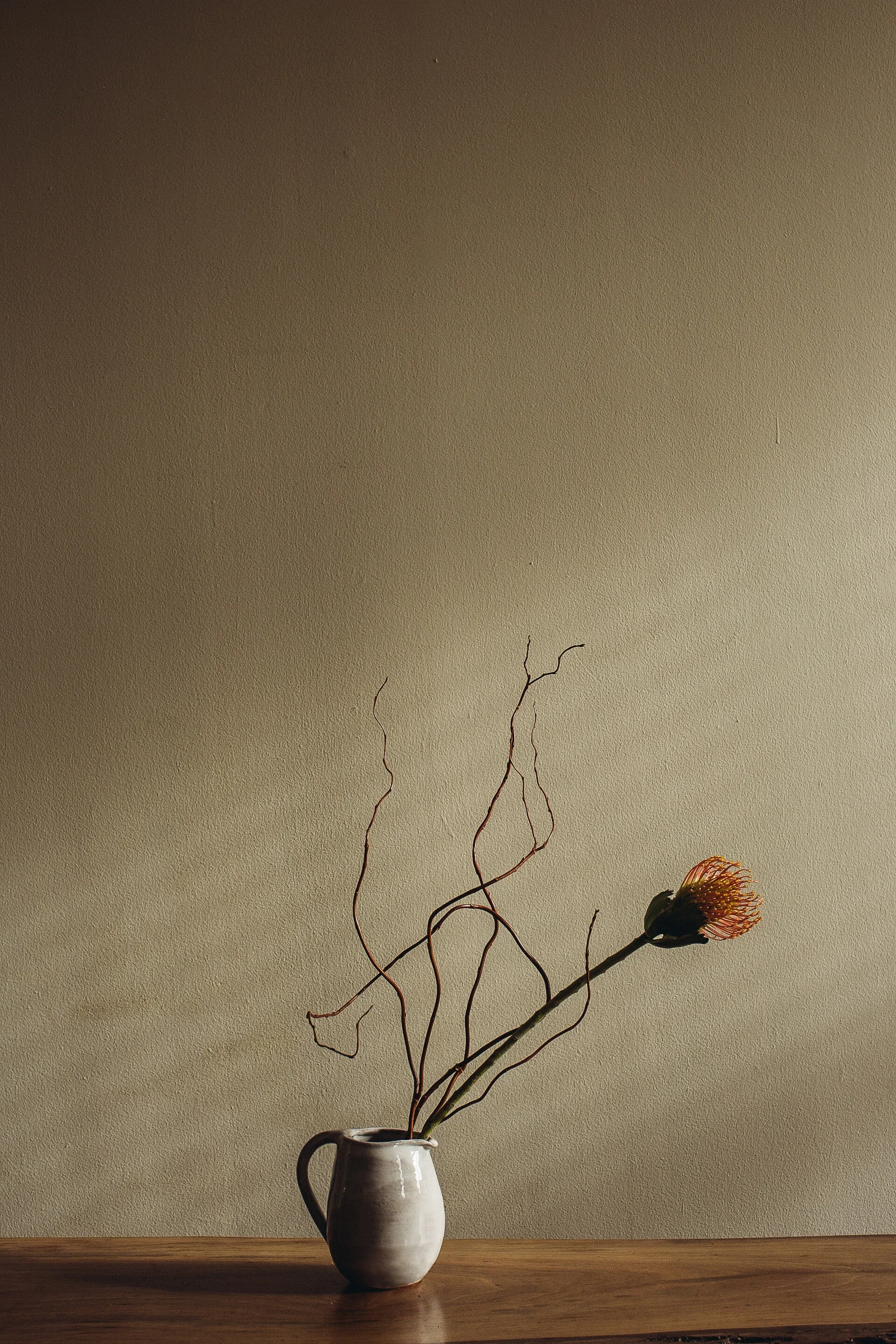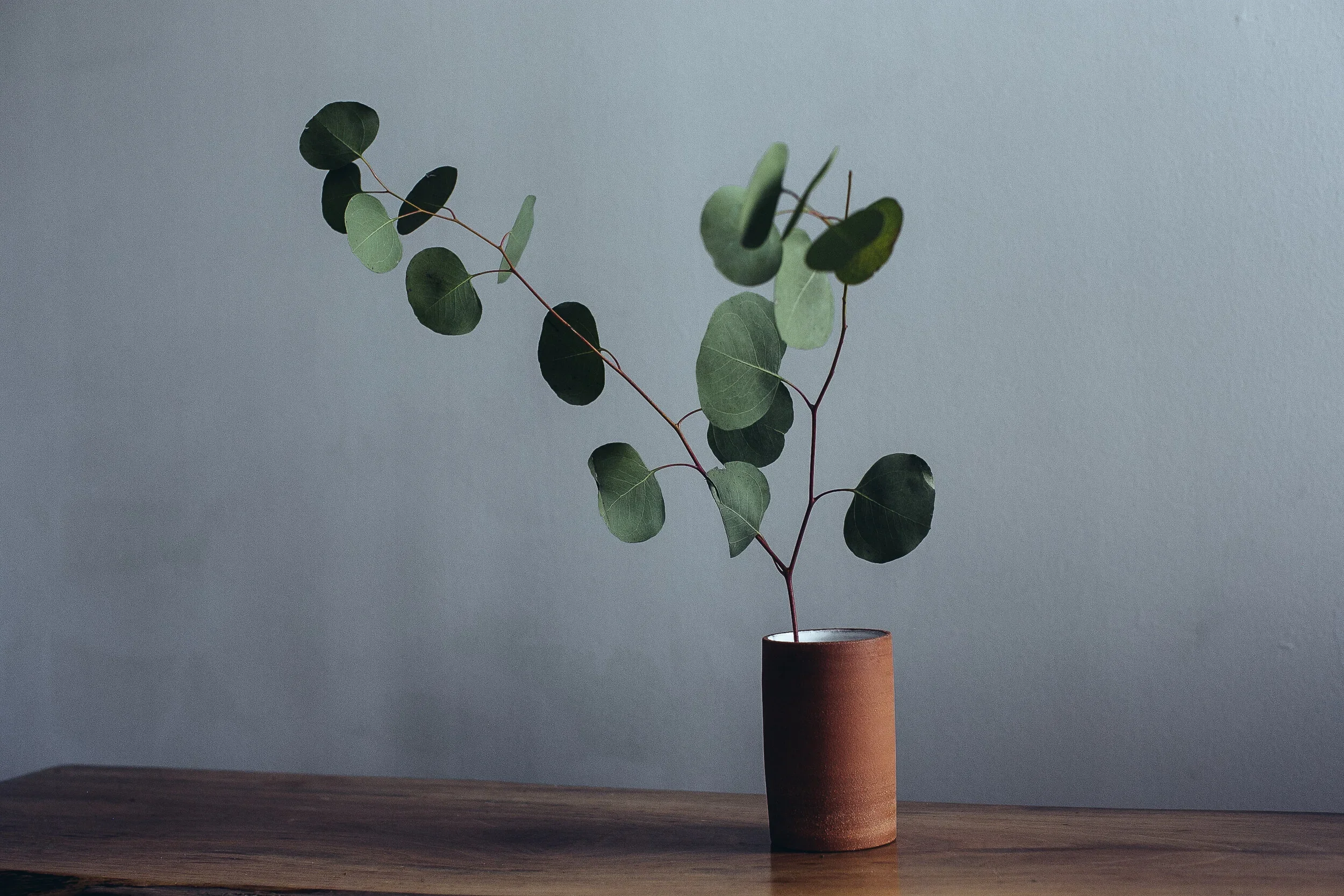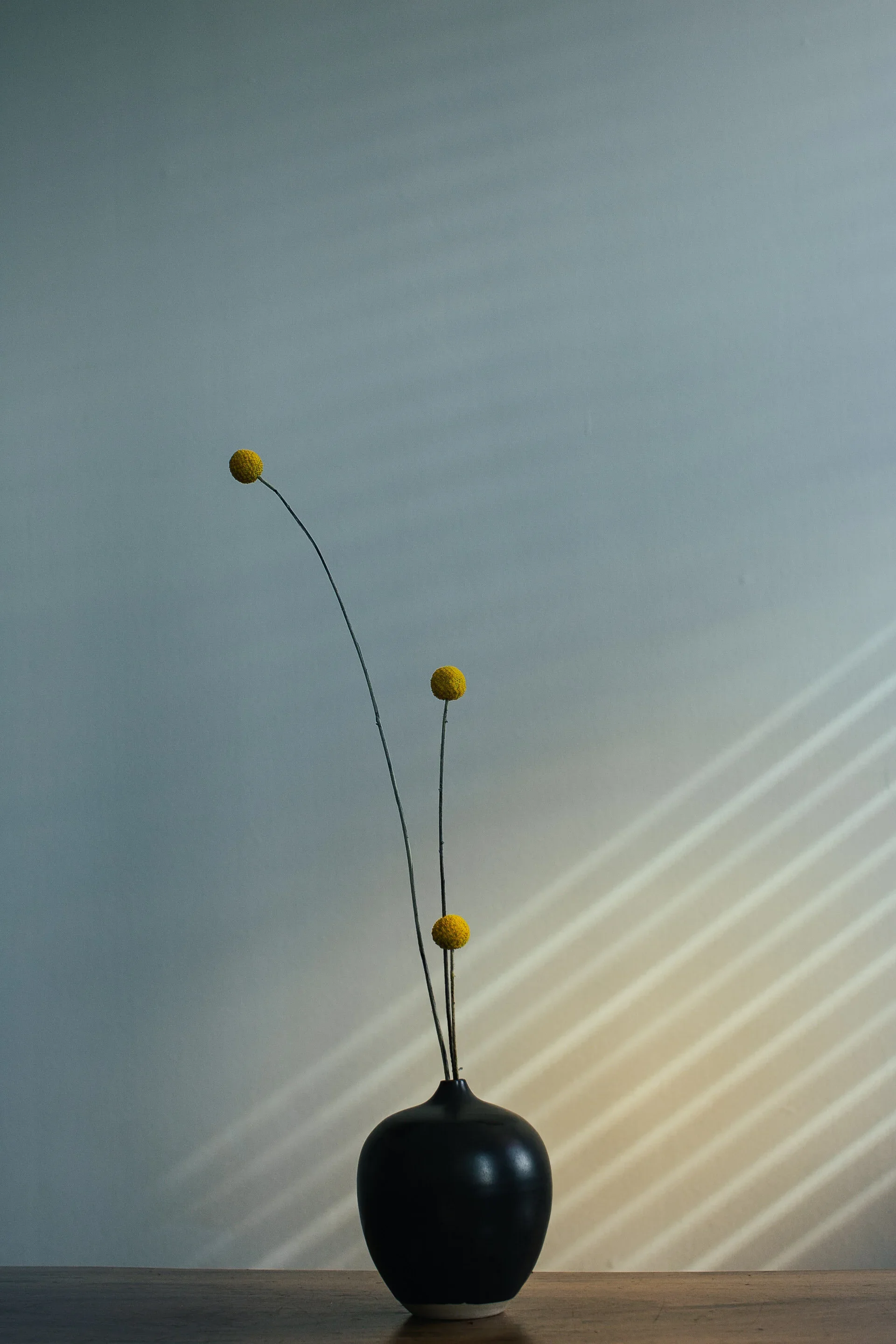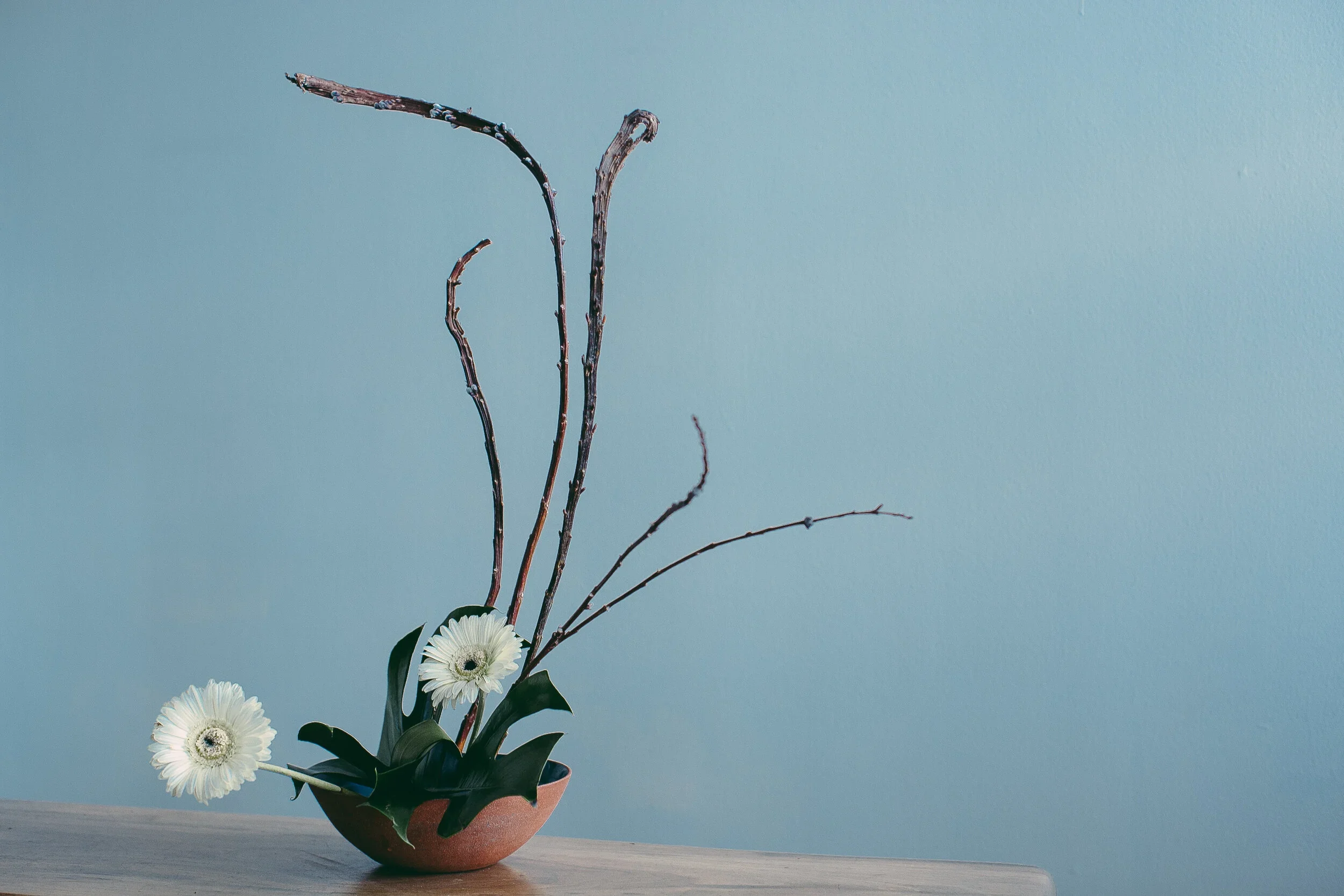The Oldest Living City
What does it mean to belong to a place so deeply that even its chaos feels like order? Varanasi is said to be the oldest living city in the world, and to walk its banks is to step into a place where time folds in on itself. Ritual and daily life flow together with the river. The air is thick with fog, incense, and smoke from the cremation pyres; ritual fires that burn openly, tenderly, as if death itself were simply another rhythm of daily life. Here, the sacred is not hidden away but lived in the open, entwined with the clamor of bells, the chants of pilgrims, the press of bodies along the ghats. It is a place both chaotic and eternal, where every gesture feels heavy with myth. Each portrait in this series holds a stillness that belies the motion all around: the current of the water, the wings of circling birds, the footsteps in narrow lanes, the travelers who’ve never traveled, the cows that call these streets home, the flicker of flame reflected on water. I wanted to honor the way Varanasi carries both the wild messiness of life and the stillness of something timeless. Each photograph is less a record than an encounter of a threshold between worlds.
Master Potters of Japan - Bizen & Mashiko
This series was created in Bizen and Mashiko, two of Japan’s most storied pottery towns, where clay is more than earth, it is memory, inheritance, and a living tradition. Among weathered kilns and scattered shards, the remnants of centuries speak of what was once there. Here, generations of potters sustain a lineage that is fragile and unbroken. Their work is rooted in folk traditions revived and carried forward by Shoji Hamada, who returned to Mashiko to reawaken the spirit of mingei (the art of the people). Each master potter I photographed stands within the heirs to ancestral knowledge, yet wholly present, shaping vessels with the same devotion as those before them. In Japan, ceramics are not only functional objects but cultural treasures, revered for the way they hold both use and beauty. This series seeks to honor that reverence and the hands that shape clay, the towns built around fire and earth, and the fragments that remind us that history, like pottery, endures through what remains.
Island Jockies
I’ve always associated horse racing with fancy hats, glamour and hoopla. But this isn’t the case in St. Croix, the largest of the United States Virgin Islands. That’s what caught me off guard at the Randall “Doc” James racetrack the day after Christmas. The gritty grandstand and dilapidated stadium don’t stop the locals from showing up with their loud and boisterous support for the thoroughbred horses and the homegrown Caribbean jockeys riding them. These horses are few and far between in the Caribbean, making it a must-see spectacle. A single old-time tote board stands at the finish line as the only way for fans to keep track of the betting. The races are a time for families to get together, teens to be seen, and jockeys to claim both their victory and the rare chance to go big time. But what’s most noticeable is the deep sense of pride that makes its way around the tracks and through the stands. There’s no glitz needed at these games, unlike at the Kentucky Derby. Because the eyes of everyone speak two words: “WE won.” And what more is possibly needed? [UPDATE: The Racetrack has unfortunately been closed indefinitely since these photos were taken.]
India Travels
The Birthplace of Porcelain - Jingdezhen, China
Japan Travels
“The Way of Flowers”
The following photographs and handmade pieces are an exploration of the art of Ikebana or “Kado,” the way of flowers, using vessels I’ve created. I felt the need to explore my pots beyond their form. There’s an endless amount to learn and the beauty of each arrangement and form is short lived. Enjoy it while you can.










